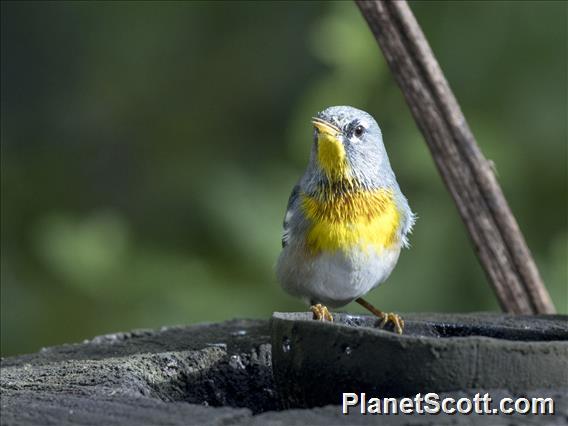Northern Parula (Setophaga americana)

Northern Parula (Setophaga americana)

Northern Parula (Setophaga americana)


×



Northern Parula (Setophaga americana)

Northern Parula (Setophaga americana)
About Northern Parula (Setophaga americana)
- Kingdom: Animals
- Phylum: Chordates
- Class: Birds
- Order: Perching Birds
- Family: New World Warblers
The northern parula is a small New World warbler. It is migratory and breeds in eastern North America from southern Canada to Florida.
Source: Wikipedia
Visits
-
2007-10-11
La Mancha, Mexico -
2009-01-14
Cozumel, Mexico -
2013-04-19
Bolivar Peninsula, United States of America -
2014-01-26
Los Haitises National Park, Dominican Republic -
-
-
-
-
-
-
-
2023-05-12
Montrose Point, United States of America -
-
-
-
-
-
-
-
-
-






